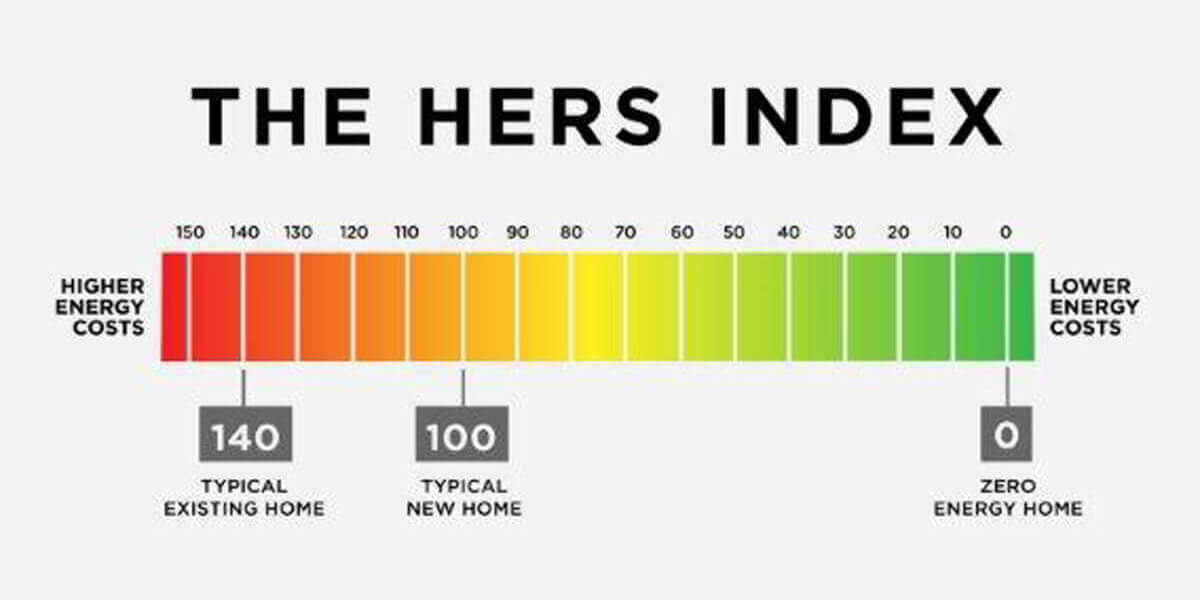Your home was built from the bottom up, but you can save energy from the top down. Starting to insulate and air seal from the top down can save you large amounts of energy and money quickly.
Stack Effect:
Your attic and ceilings are a major source of heat loss due to the stack effect. In the stack effect, warm air rises through your home. If your attic is not properly sealed and insulated, this warm air then leaves through the top of your home. The movement of heat pulls colder outside air into your home in the winter, which leads to heating your home more than necessary.
Insulation:
One of the easiest and most effective ways to stop heat flow in and out of your home is by insulating your attic. Many older homes are not at all insulated or lack proper insulation, and many newer homes could be more efficiently insulated. At the top of the building, your attic can truly put a lid on your home when it is correctly insulated. This will save you both energy and money.
Cellulose:
At Dolphin, we insulate with loose fill cellulose. It plugs every corner of your attic to guarantee complete coverage and stop heat from escaping. Once the insulation is blown into your attic, you will immediately start saving energy.
Air sealing:
Before getting your attic insulated, it must be air sealed to make sure that the insulation can do its job of stopping heat transmission. The most common sites of air leakage in your attic are the ducts connecting to the outside, dropped ceilings, and the attic door.
All three of these leakage sites can easily be fixed. Air ducts are sealed through various air sealing techniques frequently practiced by professionals. Openings such as dropped ceilings are covered by plywood to make them airtight and provide a base for the insulation. The attic door and stairs require a covering that seals off any airflow.
To accompany insulation in your attic, air sealing your ceiling also prevents heat transfer and air movement through the top of your home. Both dropped (flat) ceilings and cathedral (sloped) ceilings can be improved with insulation and air sealing.
Ceilings:
Dropped ceilings are often directly connected to the attic. Even if the cavity is airtight, air from the ceiling and attic moves in, which increases heat transfer. If the cavity is not airtight, then outside air will enter your home. Sealing around dropped ceilings blocks airflow and unwanted heat movement.
The sloped shape of cathedral ceilings is prone to air leakage. Leakage is most prominent around light fixtures in the ceiling and through beams, especially ones made out of wood. Air leakage in cathedral ceilings often leads to damaging condensation that collects from the outside air. Sealing leaks in your ceiling and attic prevents air from carrying this harmful moisture into your home.
The above “top down” techniques required to seal and insulate are extremely effective when they are done correctly. So consider launching your strike against wasting energy and start conserving from the top of your attics and ceilings all the way down to your wallet.















